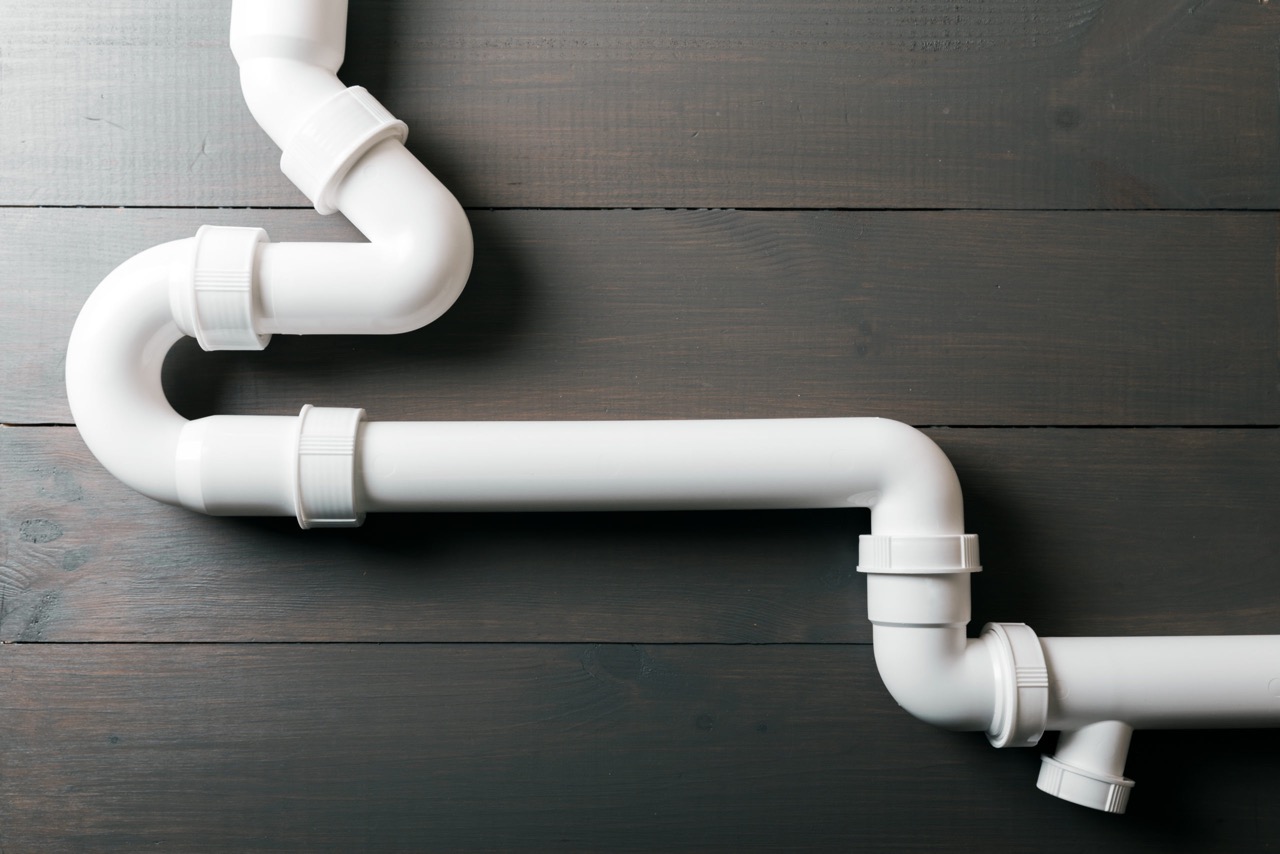

Articles
How Much Does It Cost To Reroute Plumbing
Modified: December 7, 2023
Find out the average cost of rerouting plumbing in this informative article. Discover tips and factors that can influence the overall expenses.
(Many of the links in this article redirect to a specific reviewed product. Your purchase of these products through affiliate links helps to generate commission for Storables.com, at no extra cost. Learn more)
Introduction
When it comes to plumbing, sometimes the need arises to reroute the existing pipes. This could be due to remodeling projects, outdated plumbing systems, or even a need to fix leaks or blockages. Rerouting plumbing involves redirecting the flow of water, gas, or waste pipes to a new location in the house. While this process can be necessary, it’s important to consider the costs involved.
In this article, we will explore the factors that affect the cost of rerouting plumbing and provide helpful insights to guide you through the decision-making process. By understanding the various cost components and how they can vary, you’ll have a clearer picture of what to expect when it comes to the financial aspect of rerouting plumbing in your home.
Key Takeaways:
- Rerouting plumbing costs vary based on factors like pipe length, type, accessibility, and permits. Quality materials, labor, and unexpected expenses should be considered for an accurate budget.
- Hiring a professional plumber for rerouting ensures safety, compliance, and expertise. Consider DIY only if skilled, equipped, and willing to handle potential long-term costs and risks.
Read more: How Much Does Plumbing Cost?
Factors Affecting the Cost of Rerouting Plumbing
The cost of rerouting plumbing can vary depending on several factors. Understanding these factors will help you budget and plan accordingly. Here are the key factors that can affect the cost:
- Length of Pipes: The length of the pipes being rerouted will impact the overall cost. Longer pipes require more materials and labor, which will increase the expense.
- Type of Pipes: The type of pipes being rerouted also affects the cost. Copper pipes tend to be more expensive than PVC or PEX pipes.
- Accessibility: The ease of accessing the pipes can impact the cost. If the pipes are located in hard-to-reach areas or concealed behind walls, it may require more labor and time, leading to higher costs.
- Fixture Connections: Rerouting plumbing may involve disconnecting and reconnecting fixtures such as sinks, toilets, and showers. The complexity of these connections can impact the cost, especially if modifications need to be made.
- Permits and Inspections: Depending on your location, you may need permits and inspections for plumbing work. The cost of these permits and inspections should be factored into the overall cost.
It’s important to note that these factors can vary from project to project, and it’s always a good idea to consult with a professional plumber to get an accurate estimate for your specific situation. They will be able to assess the scope of the project and provide you with a detailed cost breakdown.
Cost of Material
When rerouting plumbing, you will need to consider the cost of materials. The specific materials required will depend on the type of pipes being used and any additional fixtures or connections that need to be made. Here are some common materials and their estimated costs:
- Pipes: The cost of pipes can vary depending on the material chosen. PVC pipes are often the most cost-effective option, with an estimated cost of $0.40 to $1 per linear foot. Copper pipes, on the other hand, tend to be more expensive, ranging from $2 to $5 per linear foot.
- Fittings and Connectors: To connect the pipes and create the necessary connections, you will need fittings and connectors. These can include elbows, tees, valves, and couplings. The cost of fittings and connectors can range from $1 to $10 each, depending on the type and material.
- Sealants and Adhesives: Depending on the type of pipes used, you may need sealants and adhesives to ensure watertight connections. These can range in price from $5 to $20 per tube or container.
- Insulation: If the rerouting involves pipes located in unheated or exterior areas, insulation may be necessary to prevent freezing. Insulation costs can vary, ranging from $0.50 to $2 per linear foot.
It’s important to note that these are general cost estimates and can vary depending on factors such as geographical location and the specific requirements of your project. Additionally, it’s always a good idea to purchase materials from reputable suppliers to ensure quality and reliability.
Considering the cost of materials is essential when budgeting for a plumbing reroute project. It’s recommended to consult with a professional plumber to determine the exact materials needed and get a more accurate estimate of the associated costs.
Labor Costs
When rerouting plumbing, it’s important to consider the labor costs involved. Hiring a professional plumber to handle the job ensures that it is done correctly and efficiently. The labor costs can vary depending on several factors:
- Hourly Rates: Plumbers typically charge an hourly rate for their services. The average hourly rate can vary from $50 to $150, depending on the plumber’s experience, location, and the complexity of the project.
- Scope of the Project: The complexity and size of the rerouting project will impact the labor costs. Projects that involve extensive modifications, multiple fixtures, or hard-to-reach areas may require more time and effort, resulting in higher labor costs.
- Demolition and Reconstruction: If the rerouting project involves removing existing pipes or making modifications to walls or structures, additional labor costs will be incurred for demolition and reconstruction work.
- Experience and Reputation of the Plumber: Plumbers with more experience and a solid reputation may charge higher rates. While their expertise may come with a higher price tag, it often ensures a high-quality job and peace of mind.
- Travel and Transportation: If the plumber needs to travel a significant distance to reach your location or if specialized tools or equipment are required, additional costs may be included in the labor estimate.
It’s important to obtain quotes from multiple plumbers to compare labor costs and ensure that you are getting a fair price for the services provided. Additionally, remember that labor costs are an investment in the quality and longevity of the plumbing reroute, so prioritizing the expertise and professionalism of the plumber is crucial.
When rerouting plumbing, the cost will depend on factors such as the extent of the rerouting, the materials needed, and the labor involved. It’s best to get multiple quotes from licensed plumbers to compare costs.
Complexity of the Rerouting Project
The complexity of a plumbing rerouting project plays a significant role in determining the overall cost. A more complex project will require additional time, labor, and materials to complete. Here are some factors that contribute to the complexity of a plumbing reroute:
- Accessibility: If the pipes that need to be rerouted are located in hard-to-reach areas, such as behind walls or under floors, the complexity will increase. It may require demolition work or specialized equipment to access and reroute the pipes.
- Structural Modifications: In some cases, rerouting plumbing may involve making structural modifications to accommodate the new pipe layout. This could include cutting through walls or installing new support structures.
- Multiple Fixtures: If the rerouting project involves multiple fixtures, such as sinks, toilets, and showers, it adds complexity. Each fixture requires proper connection and alignment to ensure proper functioning.
- Existing Plumbing System: The complexity can increase if the existing plumbing system is outdated or not up to code. It may require additional modifications and upgrades to ensure the rerouting is done correctly and meets current standards.
- Permits and Inspections: Some rerouting projects may require permits and inspections, especially if significant modifications are being made. Dealing with the paperwork and coordinating with local authorities can add complexity to the project.
It’s essential to assess the complexity of the rerouting project and discuss it with a professional plumber. They can evaluate the specific requirements and challenges of your project and provide a more accurate cost estimate based on the complexity involved. Keep in mind that a more complex project may require more time, expertise, and resources, which will impact the overall cost.
Read more: How Much Does It Cost To Rough-In Plumbing
Additional Costs to Consider
When calculating the cost of rerouting plumbing, it’s important to consider additional expenses that may arise during the project. While these costs can vary depending on your specific situation, here are some common additional costs to keep in mind:
- Permits and Inspections: Depending on your local regulations, you may need to obtain permits for the plumbing reroute. Permit fees can range from a few dollars to several hundred dollars. Additionally, inspections may be required at various stages of the project, which may have associated fees.
- Professional Design and Planning: In some cases, especially for complex projects, it may be necessary to hire a professional designer or engineer to create a detailed plan for the plumbing reroute. Their expertise can help ensure an efficient and effective layout, but it will come with an additional cost.
- Patch and Repair Work: Rerouting plumbing often involves removing sections of walls or floors to access pipes. After the rerouting is complete, you may need to hire a contractor or do DIY patch and repair work to restore the affected areas. This can include plastering, painting, or refinishing, which will incur additional costs.
- Temporary Relocation Costs: Depending on the scope of the project, you may need to temporarily relocate from your home during the rerouting process. Staying in a hotel or renting a temporary residence can add to the overall cost.
- Unexpected Issues: During the plumbing reroute, unforeseen issues may arise, such as hidden damage, outdated plumbing systems, or faulty connections. These unexpected issues can require additional repairs and expenses.
It’s important to have a contingency budget to account for these additional costs. While it’s impossible to predict every potential expense, having some flexibility in your budget will help you handle any unforeseen circumstances that may arise during the project.
DIY vs Hiring a Professional
When it comes to rerouting plumbing, you may consider whether to tackle the project yourself or hire a professional plumber. While DIY can potentially save you money, it’s important to weigh the pros and cons before making a decision. Here are some factors to consider:
- Skills and Experience: Rerouting plumbing requires a certain level of expertise and knowledge. If you have prior experience and feel confident in your abilities, DIY may be an option. However, if you’re not familiar with plumbing systems or lack the necessary skills, it’s best to hire a professional to avoid costly mistakes and ensure the job is done correctly.
- Time and Effort: Rerouting plumbing can be time-consuming and labor-intensive, especially for complex projects. Consider whether you have the time and energy to dedicate to the project. Hiring a professional plumber can save you the time and effort involved in researching, planning, and executing the reroute.
- Tools and Equipment: Rerouting plumbing often requires specialized tools and equipment. If you don’t already have the necessary tools, you’ll need to factor in the cost of purchasing or renting them. Professional plumbers come prepared with the right tools and equipment, ensuring efficiency and accuracy.
- Safety and Compliance: Plumbing work involves dealing with water, gas, and potentially hazardous substances. A professional plumber is trained in safety protocols and follows building codes and regulations. This ensures that the rerouting is done safely and in compliance with required standards.
- Warranty and Guarantees: Hiring a professional plumber often comes with warranties or guarantees on their work. If any issues arise after the rerouting is complete, they will typically return to fix them at no additional cost. DIY does not offer such guarantees, and any mistakes or future repairs will be your responsibility.
- Cost Analysis: While DIY may initially seem more cost-effective, it’s important to consider the potential risks and expenses. Mistakes during the rerouting process can lead to costly repairs and replacements down the line. Additionally, professional plumbers have the expertise to optimize the reroute for efficiency and longevity, potentially saving you money in the long run.
Ultimately, the decision between DIY and hiring a professional depends on your comfort level, budget, and the complexity of the rerouting project. If you have any doubts or concerns, it’s advisable to consult with a professional plumber who can assess your specific situation and provide guidance on the most suitable approach.
Conclusion
Rerouting plumbing can be a necessary undertaking for various reasons, but it’s essential to understand the costs involved to plan and budget effectively. Factors such as the length and type of pipes, accessibility, fixture connections, and permits can all impact the overall cost of the project.
The cost of materials, including pipes, fittings, connectors, sealants, and insulation, should also be taken into account. It’s important to consider the quality and reliability of the materials while keeping budget limitations in mind.
Labor costs will be a significant portion of the total expense, and hiring a professional plumber ensures that the work is done correctly and efficiently. The complexity of the rerouting project, including accessibility, structural modifications, and existing plumbing systems, will influence the labor costs.
Additional expenses, such as permits, inspections, professional design, patch and repair work, and unexpected issues, should be included in the budget to account for any unforeseen circumstances that may arise during the project.
When deciding on whether to tackle the rerouting as a DIY project or to hire a professional, consider your skills, time availability, tools, safety concerns, and long-term cost implications. While DIY may appear more cost-effective initially, the expertise, warranties, and guarantees offered by professional plumbers can provide peace of mind and potentially save you money in the long run.
In conclusion, by thoroughly assessing the factors affecting the cost, considering additional expenses, and evaluating the pros and cons of DIY versus professional hire, you can make an informed decision and ensure a successful plumbing rerouting project that meets your needs and budget.
Frequently Asked Questions about How Much Does It Cost To Reroute Plumbing
Was this page helpful?
At Storables.com, we guarantee accurate and reliable information. Our content, validated by Expert Board Contributors, is crafted following stringent Editorial Policies. We're committed to providing you with well-researched, expert-backed insights for all your informational needs.
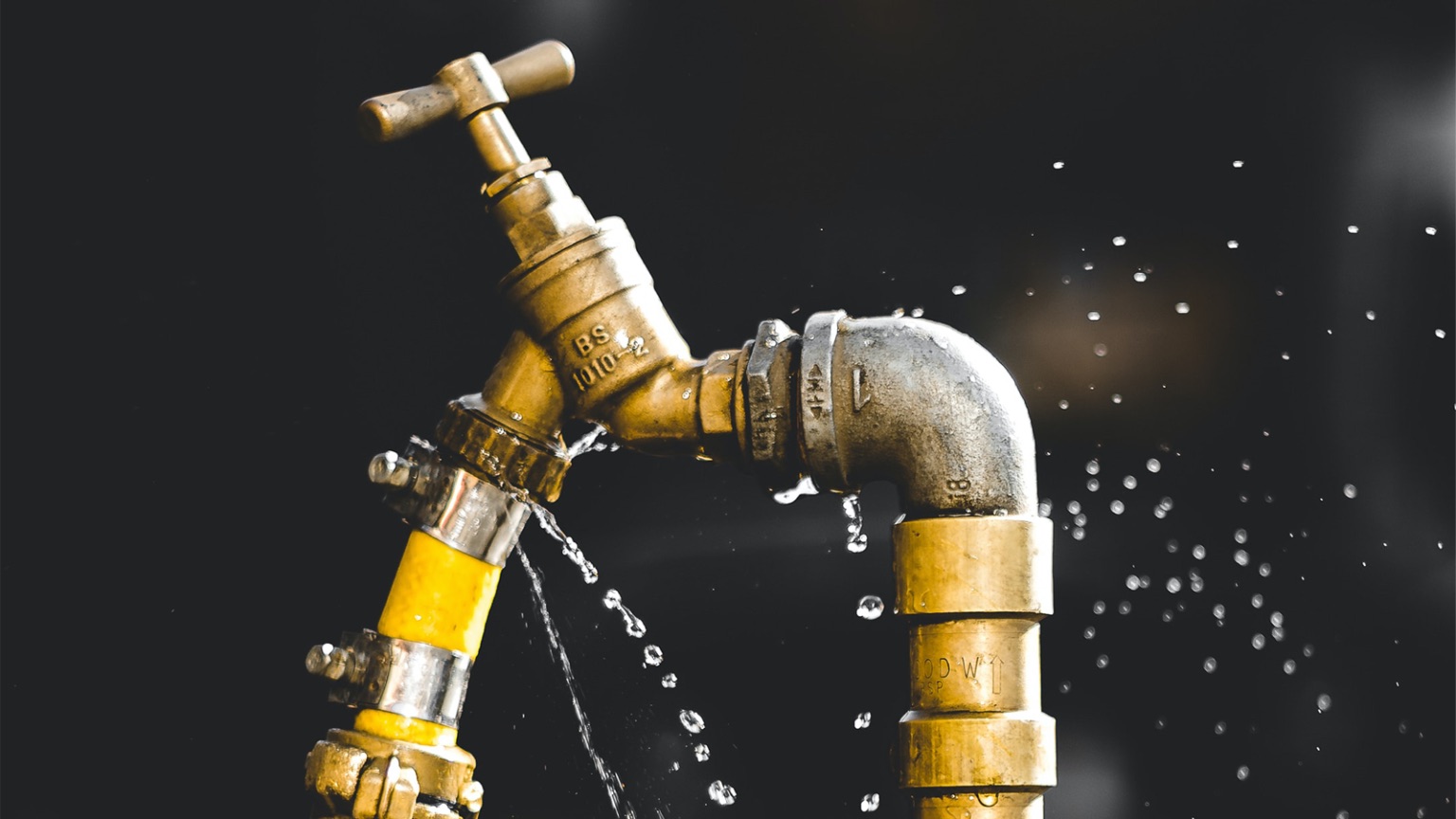
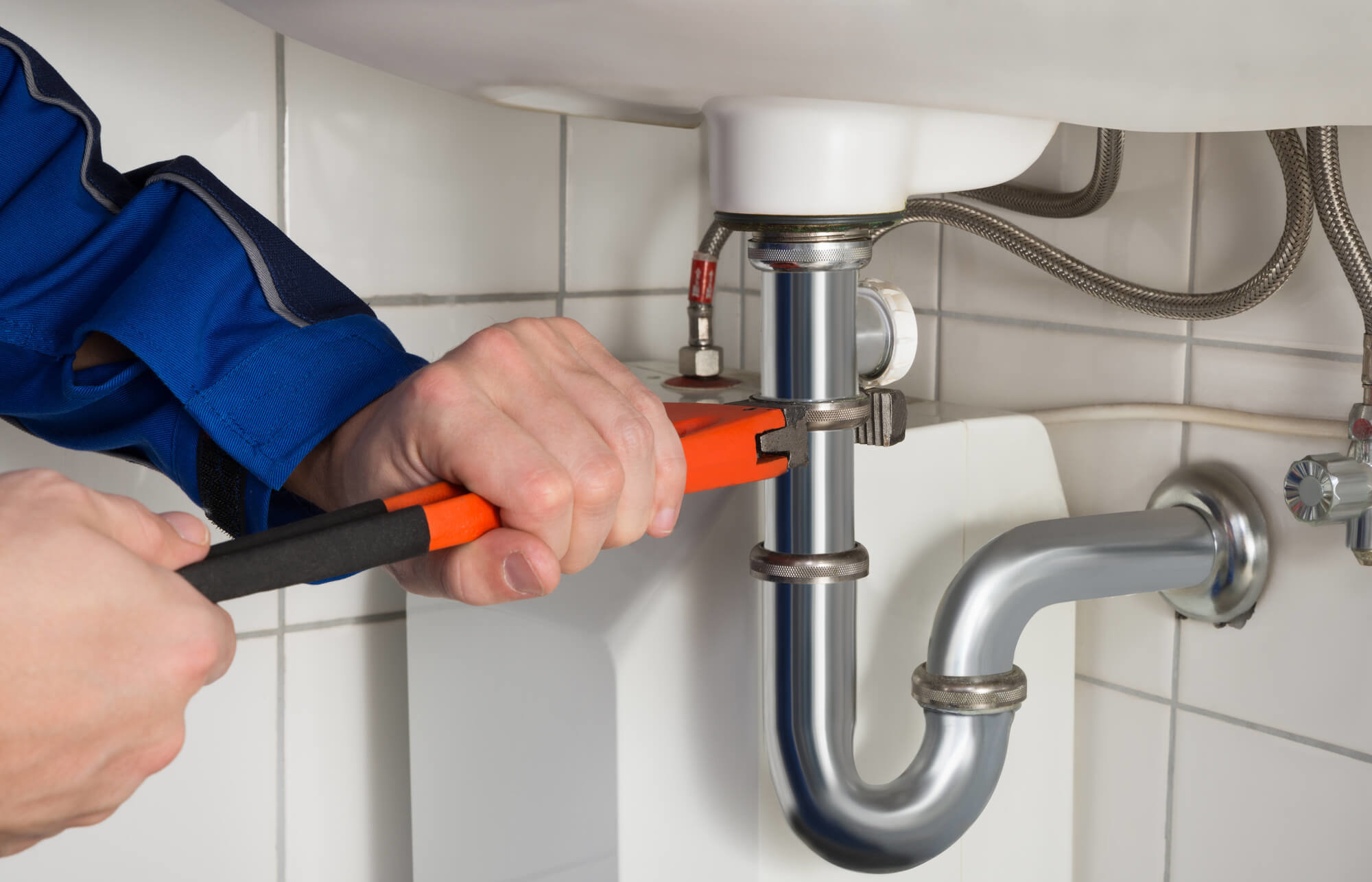
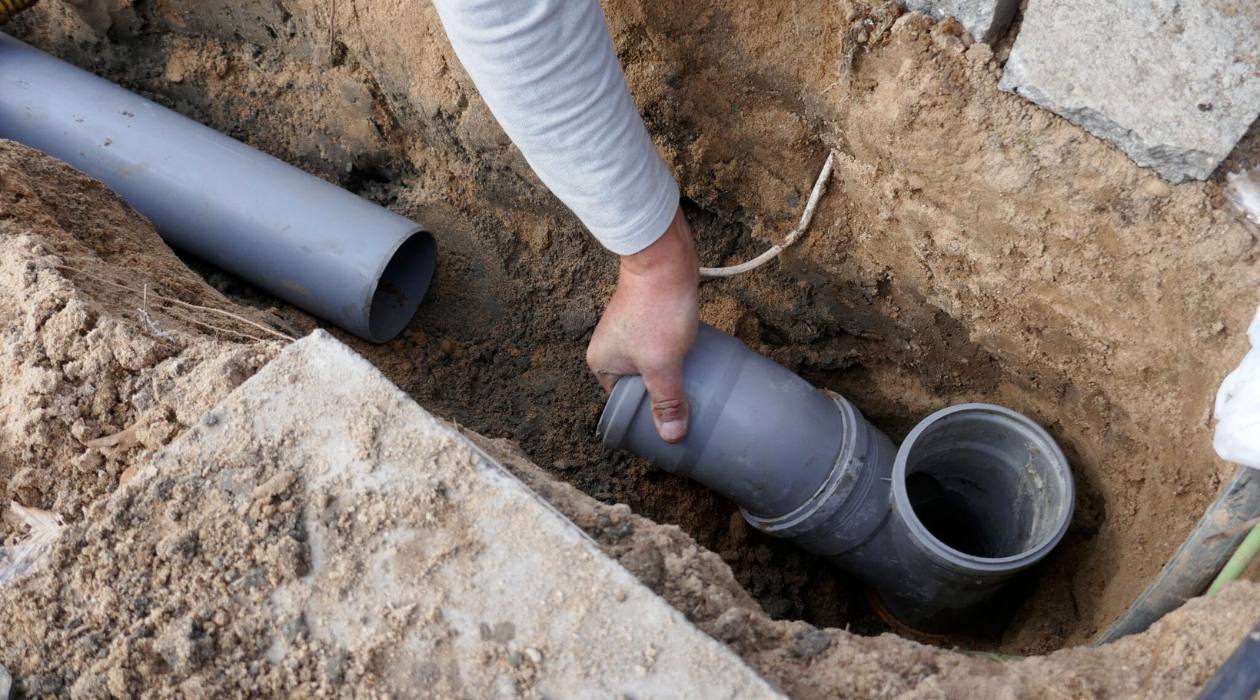

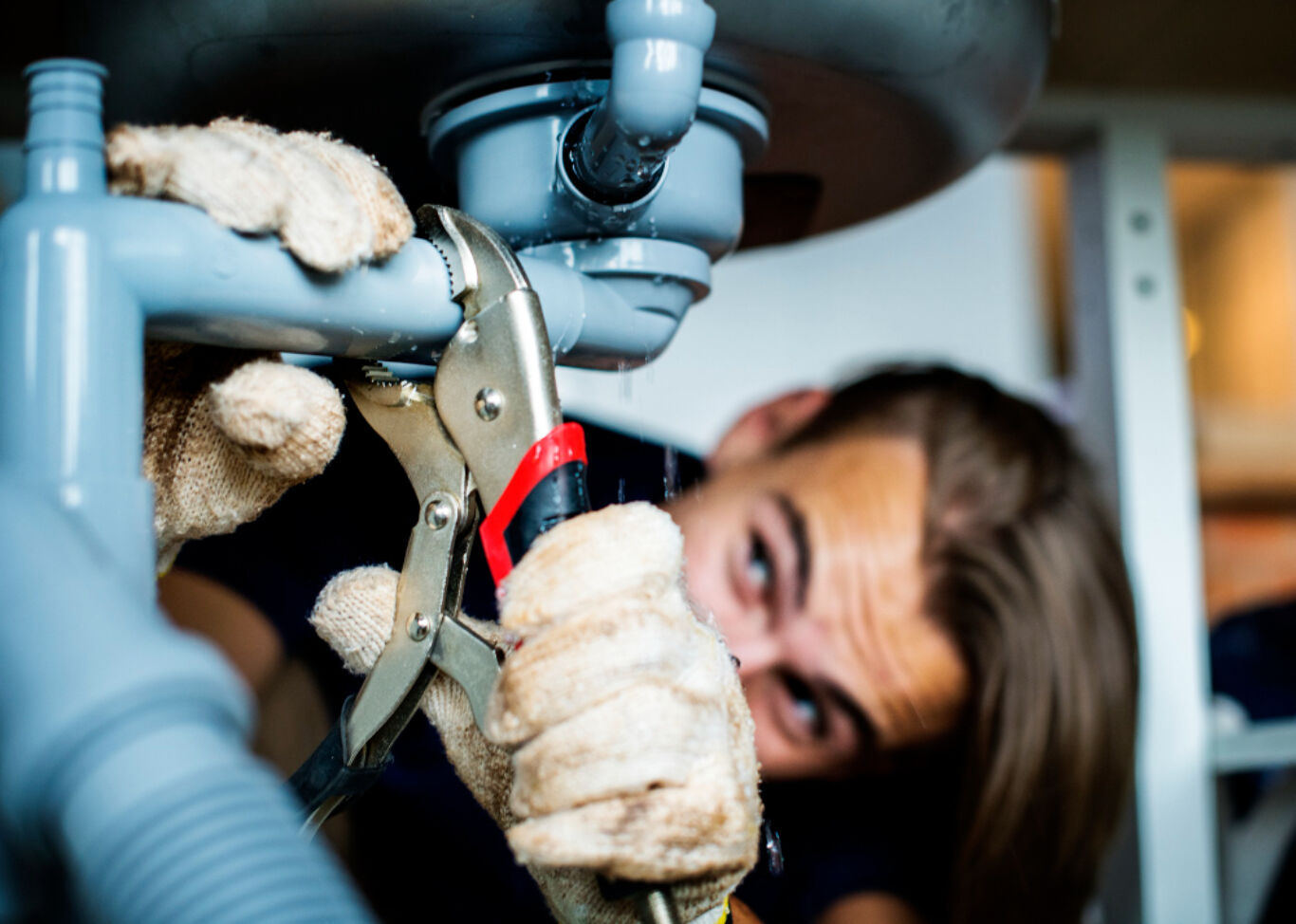
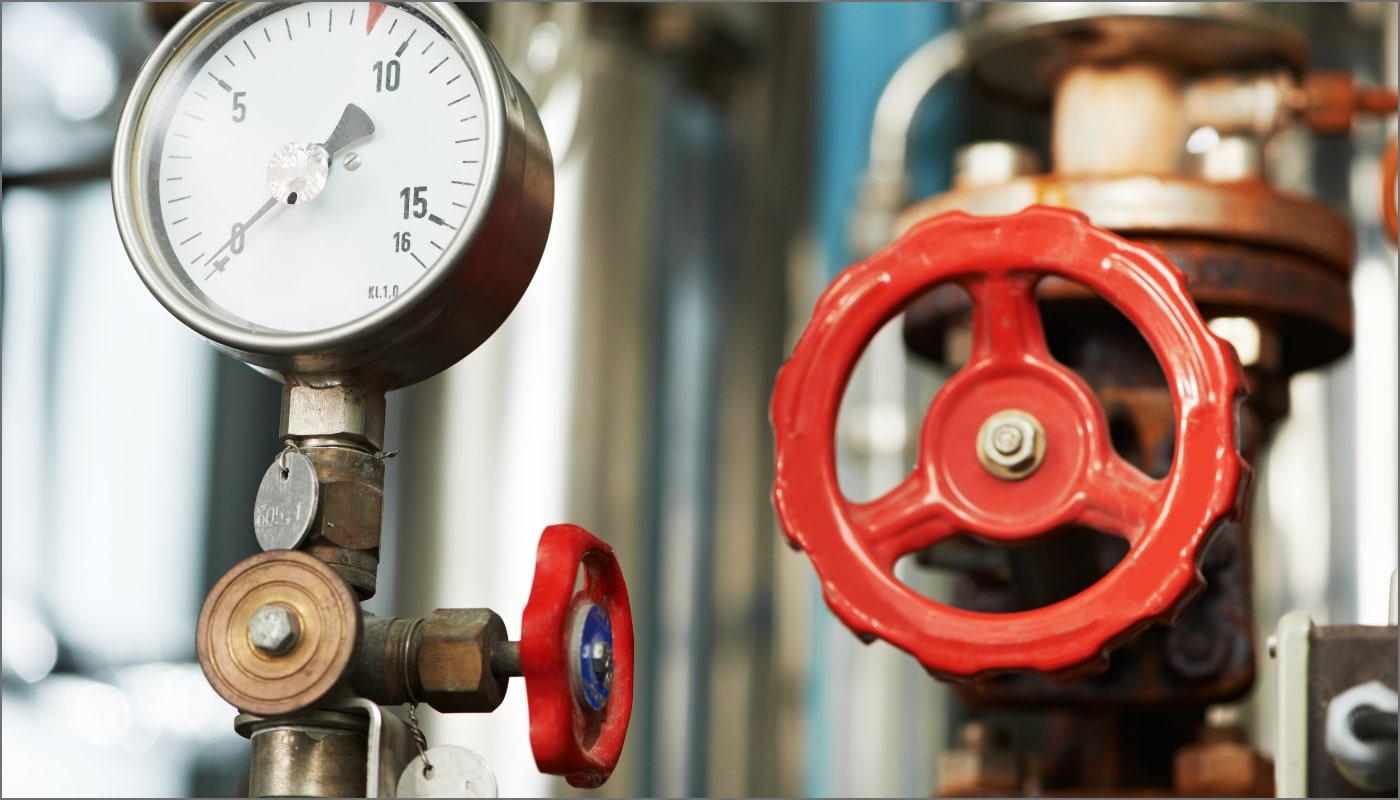
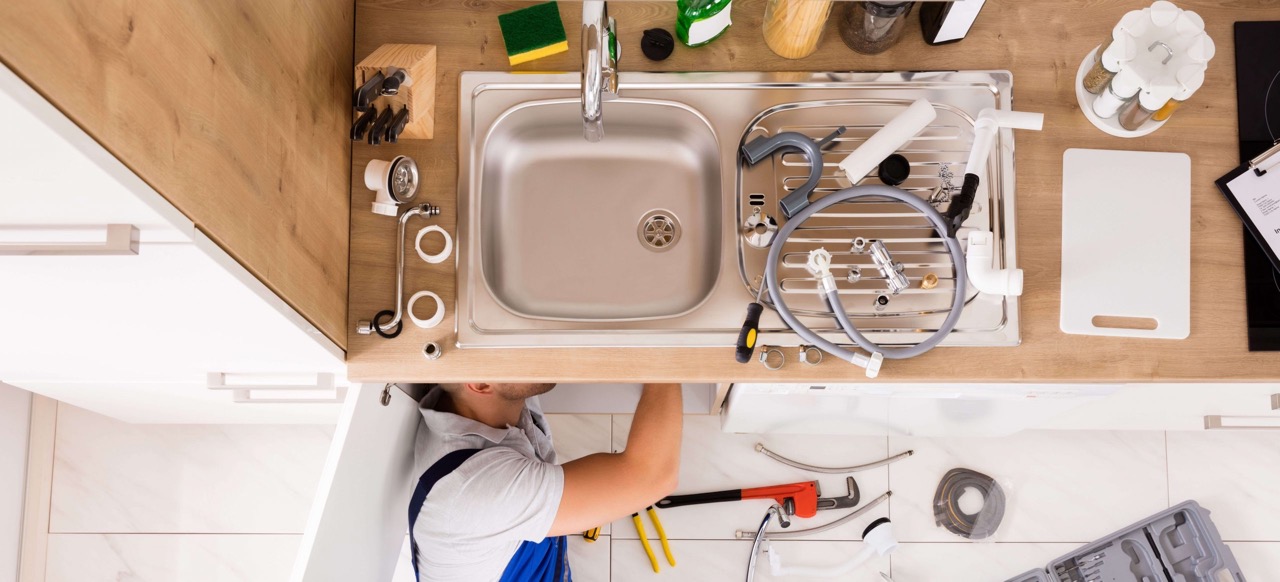
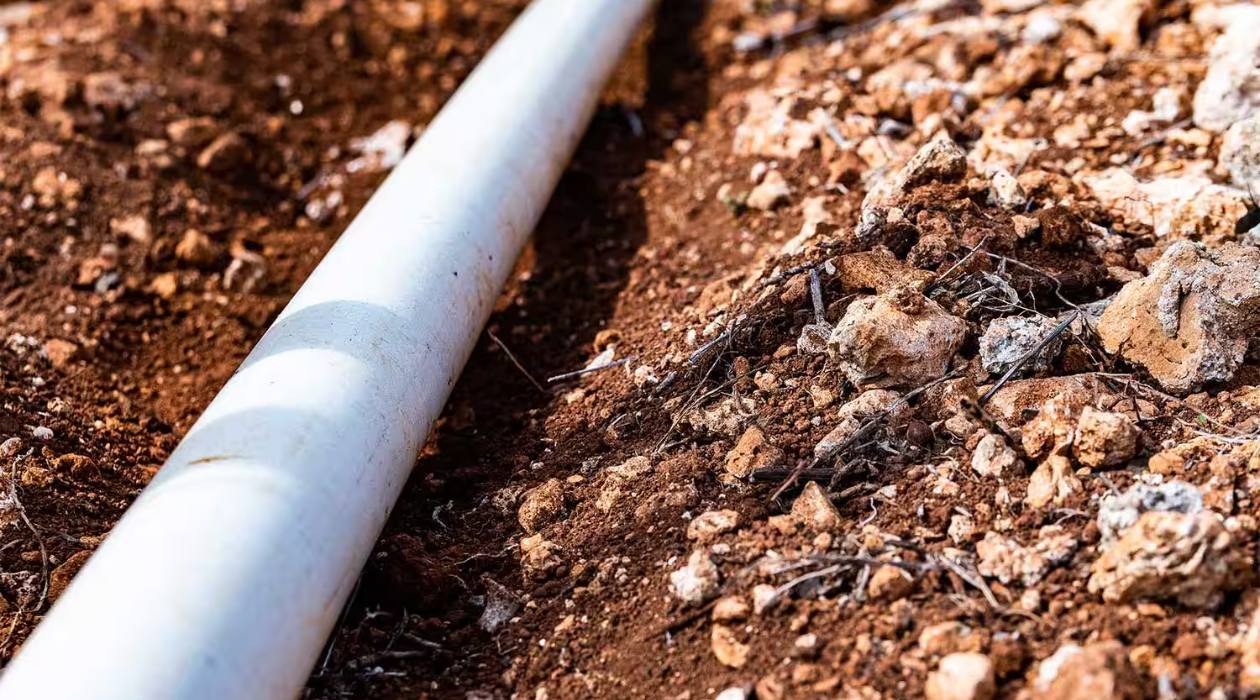
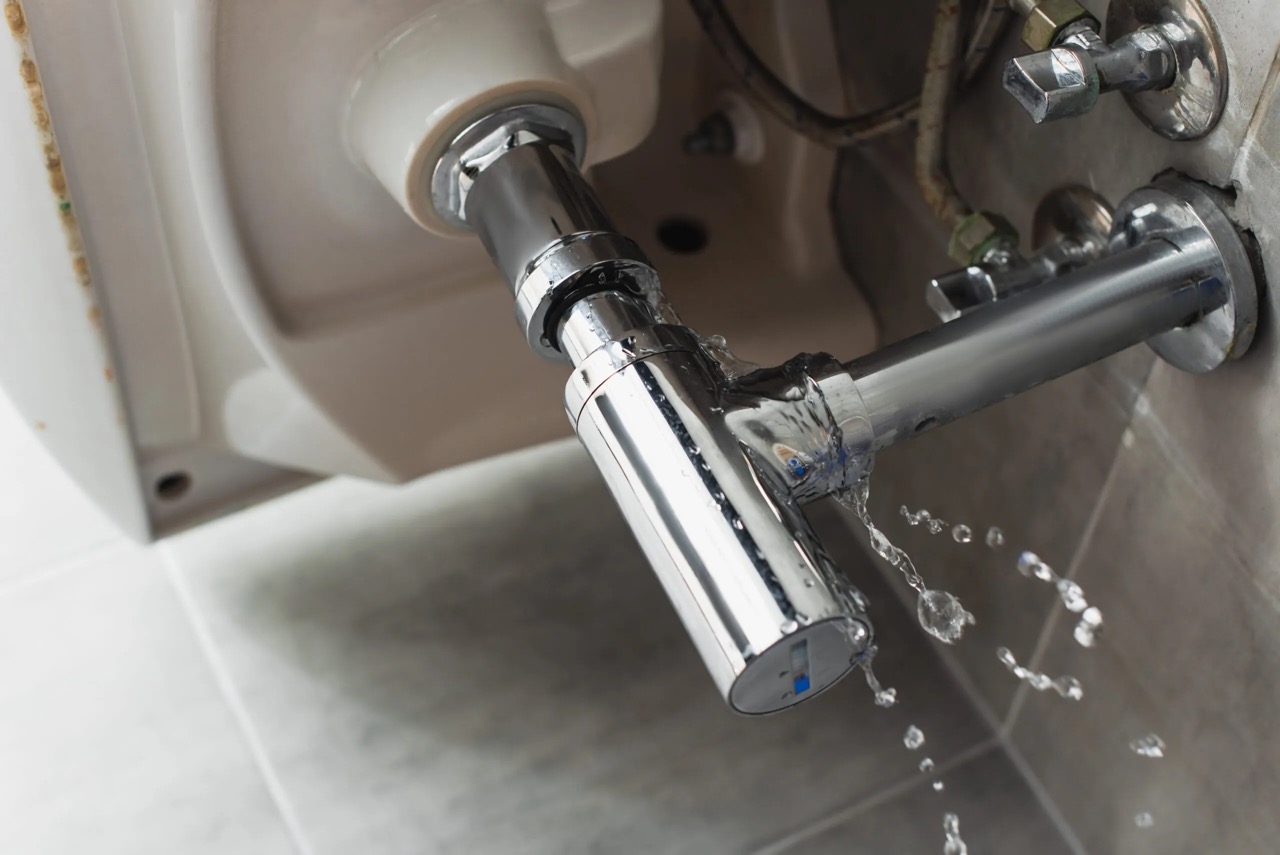
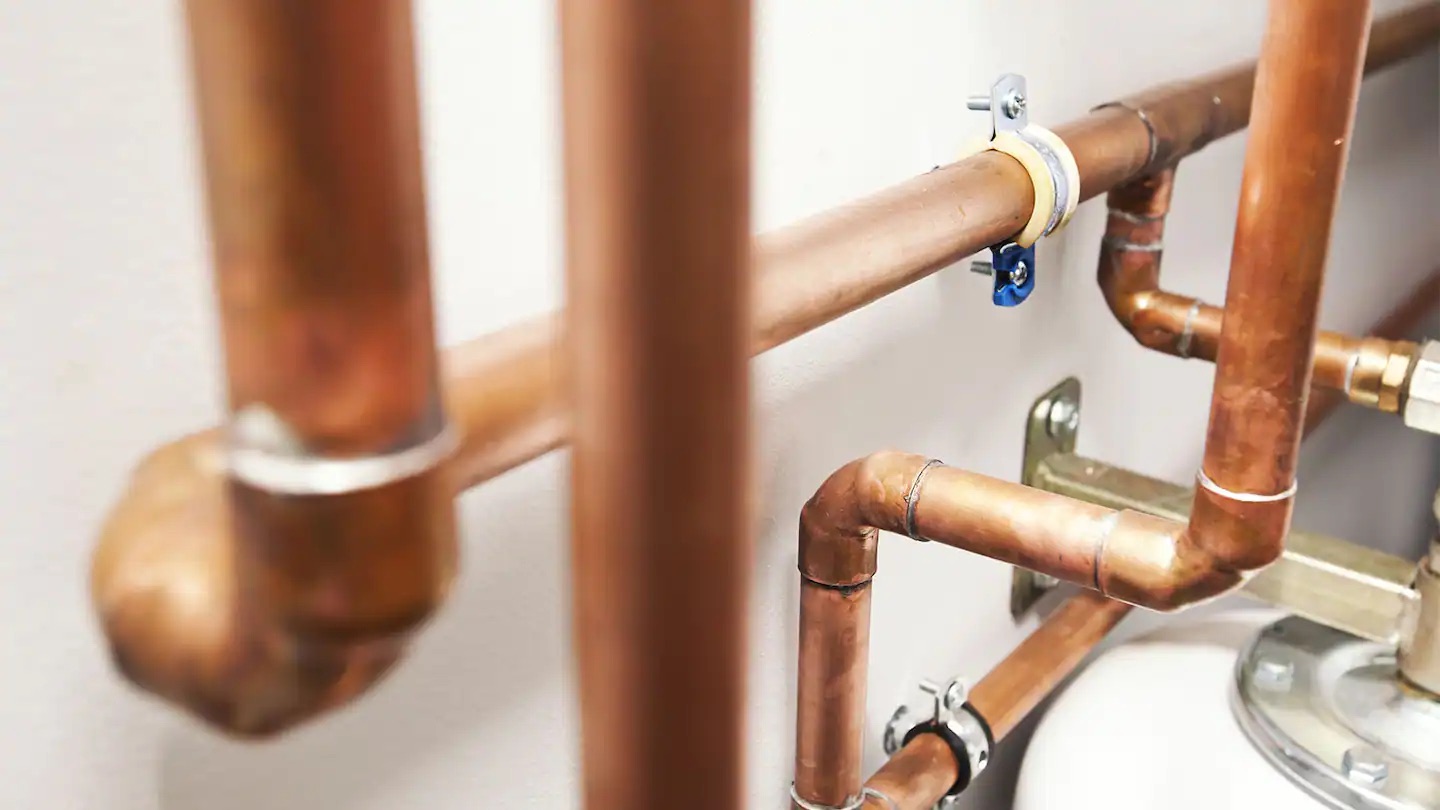
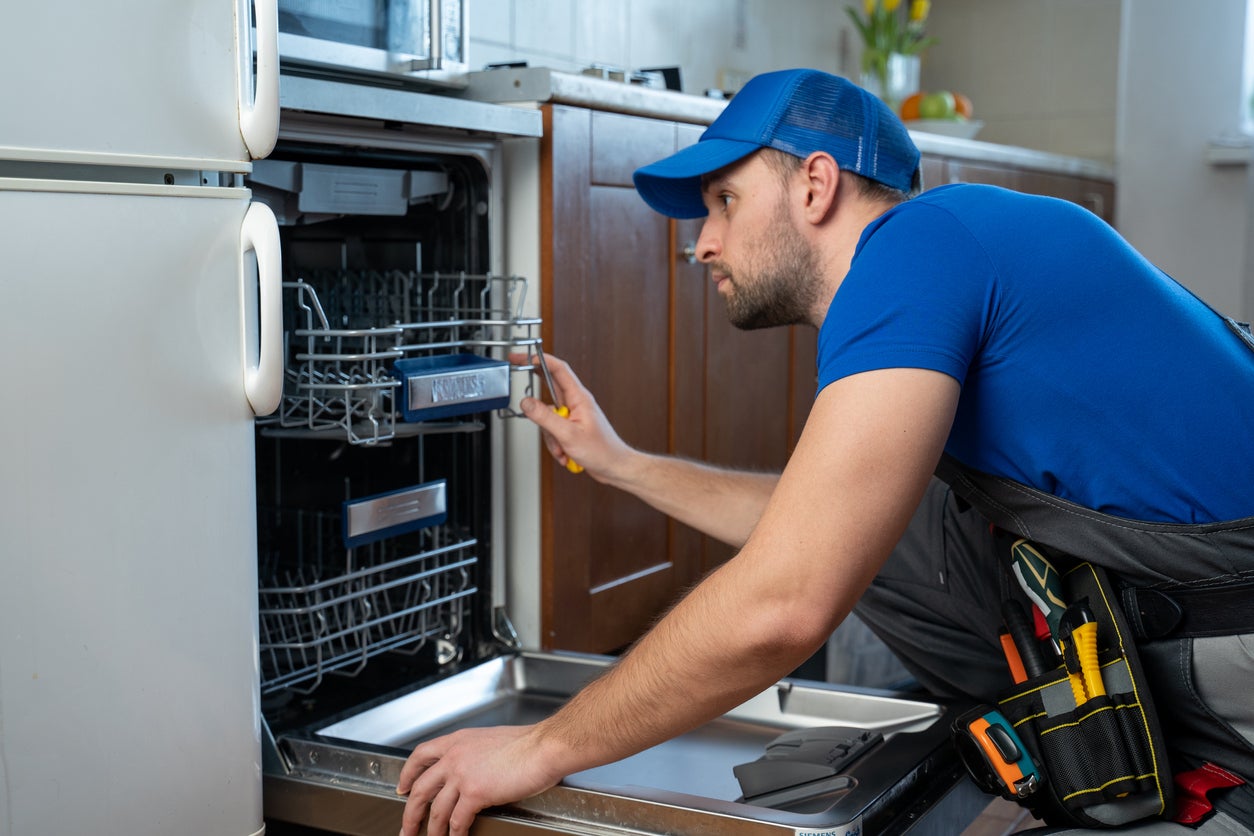
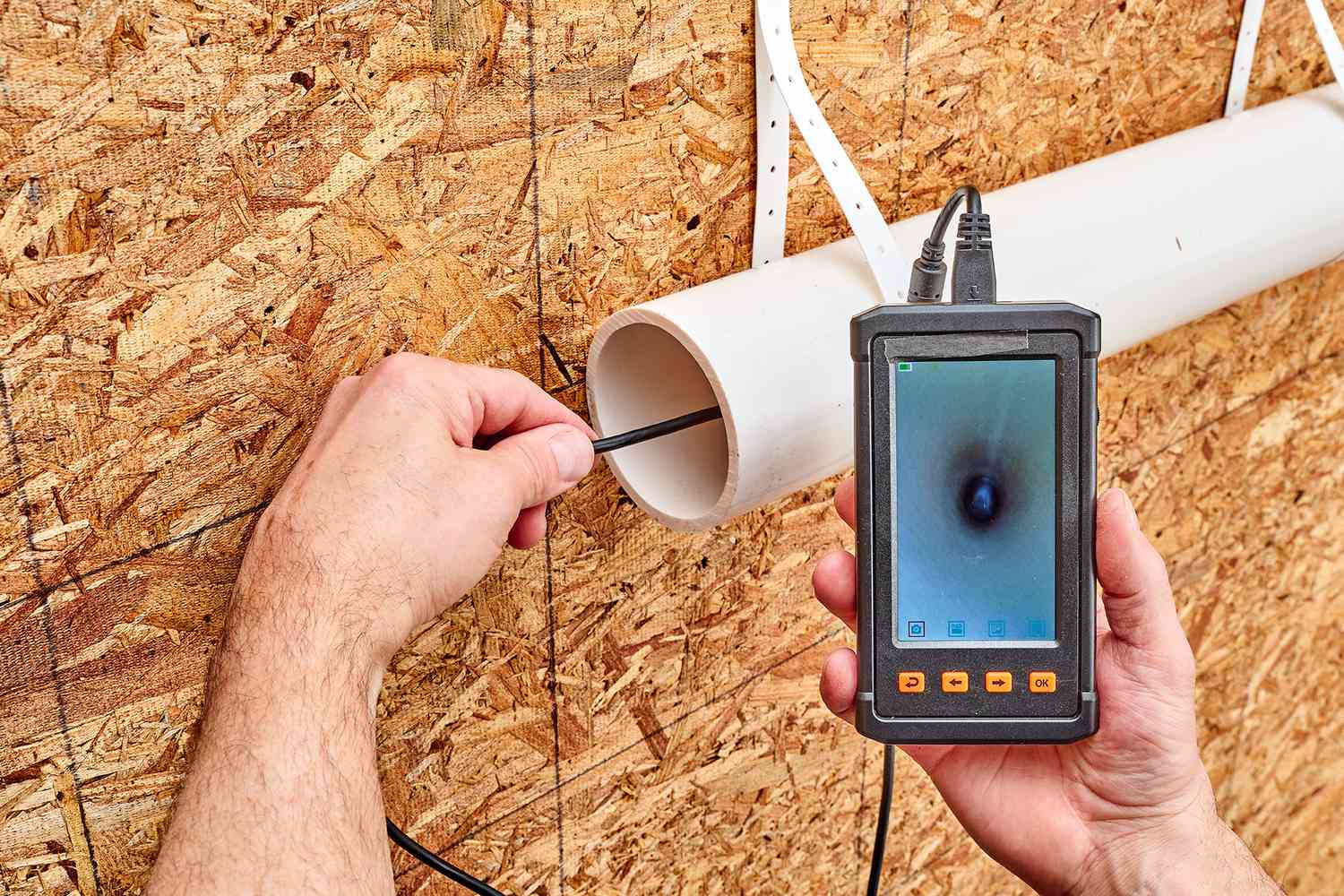
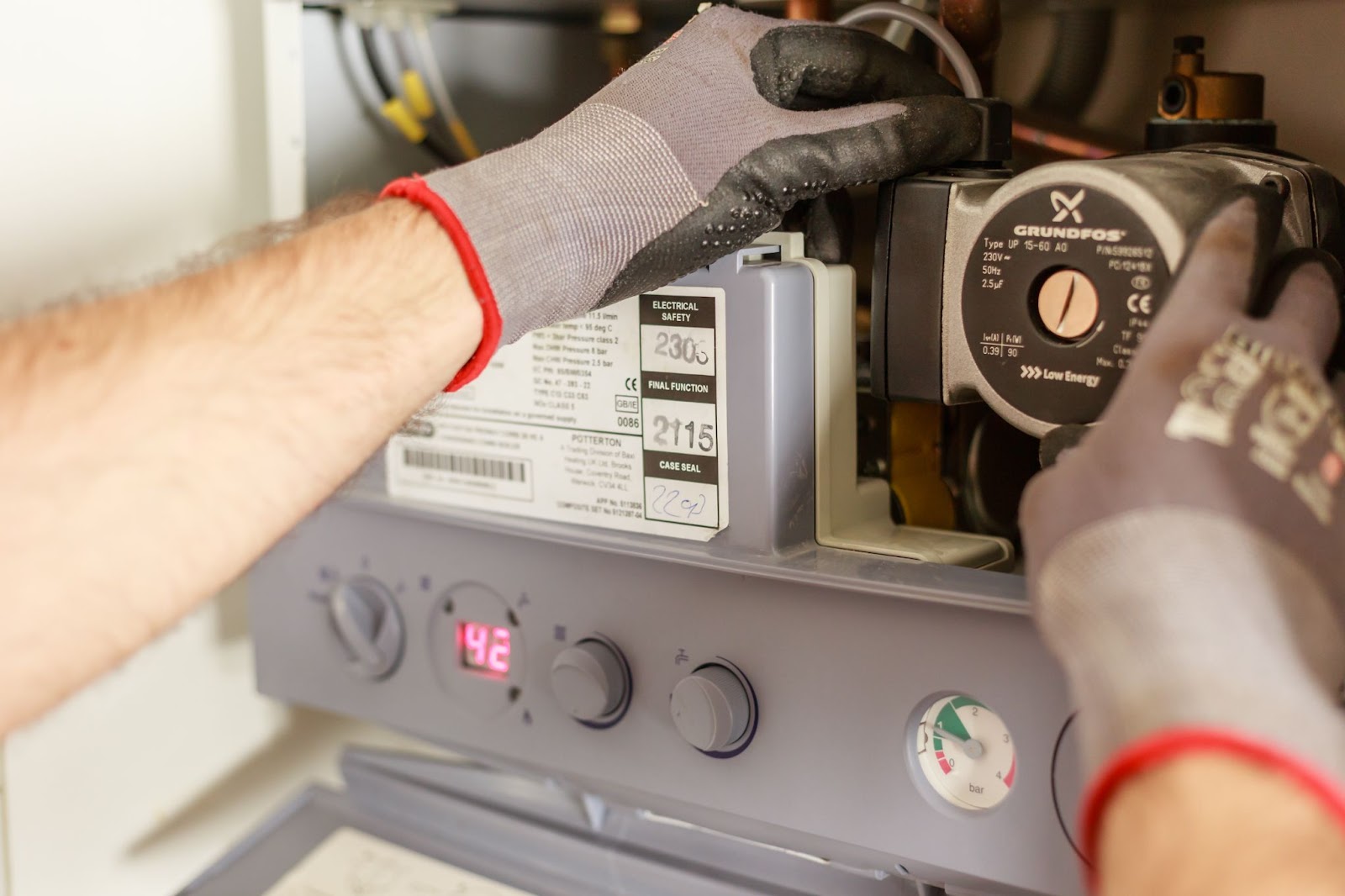
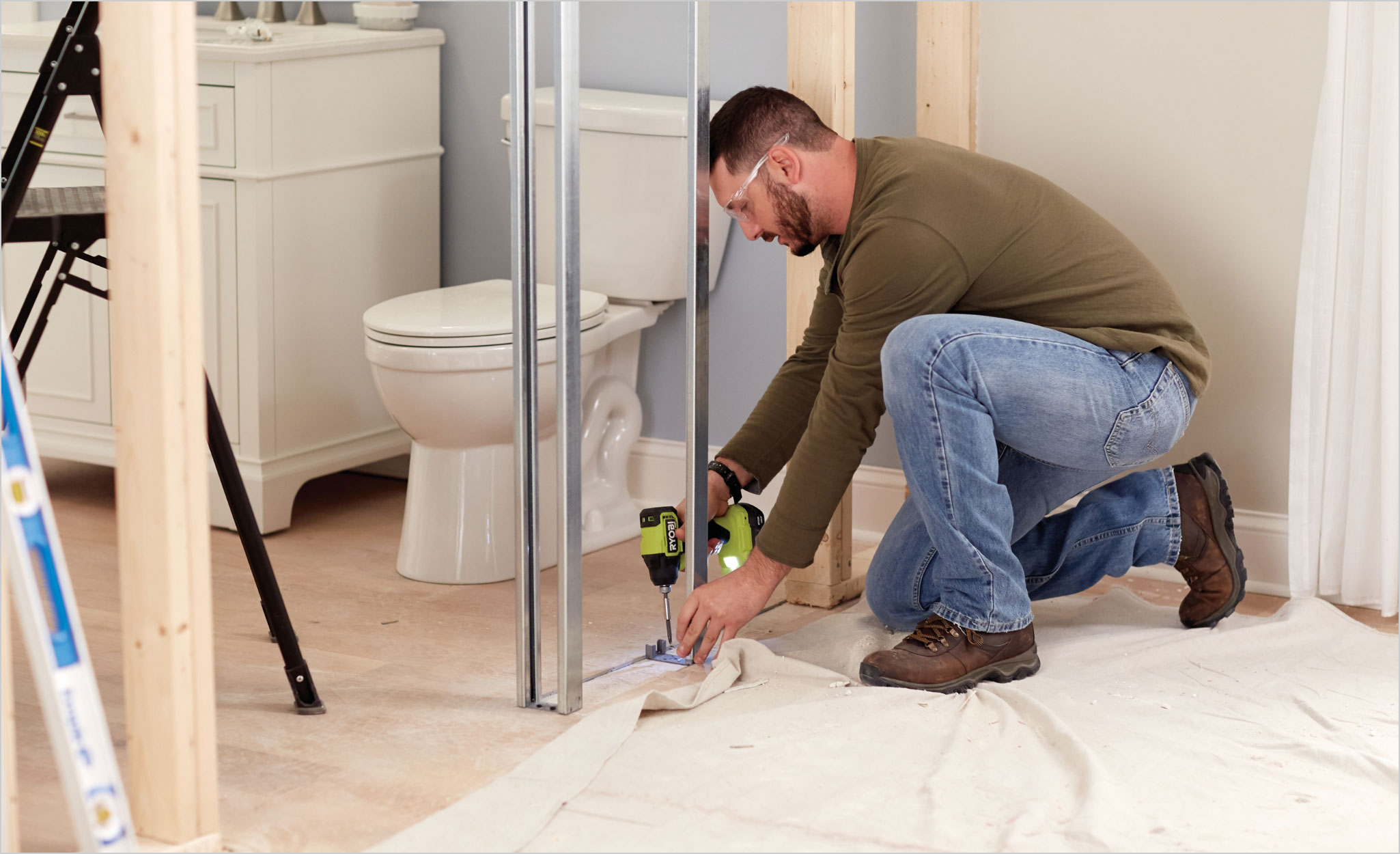

0 thoughts on “How Much Does It Cost To Reroute Plumbing”